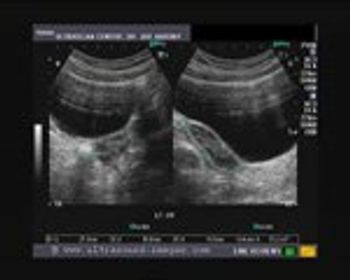
In a recent study of women with repeated miscarriages and fibroids, researchers found that removing them significantly increased the live birth rate. This increase was noted with both fibroids that distorted the uterine cavity as well as those that did not.






